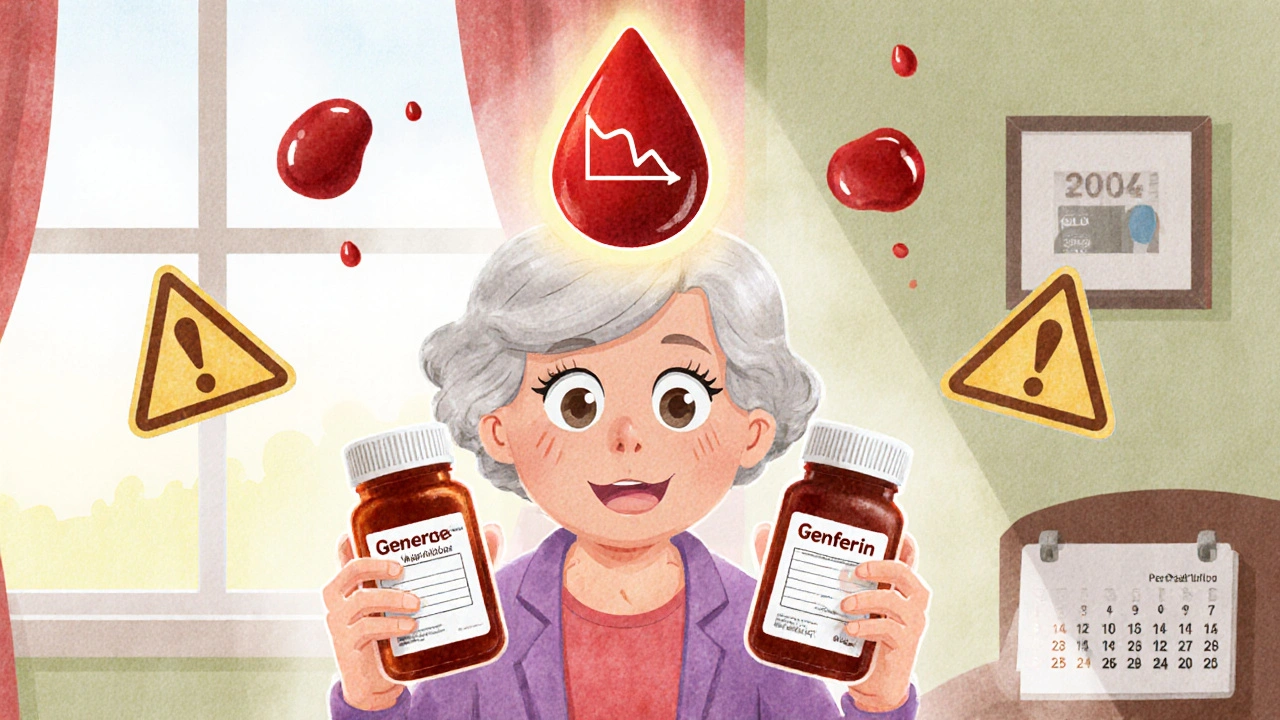NTI Drugs: What They Are, Why They Matter, and How to Use Them Safely
When you take a medicine, you expect it to work—without too much risk. But some drugs operate on a razor’s edge. These are called NTI drugs, medications with a narrow therapeutic index where small changes in dose can lead to toxicity or treatment failure. Also known as narrow therapeutic index drugs, they demand precision because the difference between a helpful dose and a dangerous one is tiny. If you’re on one of these, even a slight shift in how your body absorbs or processes the drug can turn a cure into a crisis.
NTI drugs aren’t rare—they include common ones like warfarin, a blood thinner where a few milligrams too much can cause internal bleeding, lithium, used for bipolar disorder and toxic at levels just above the therapeutic range, and phenytoin, an anti-seizure drug with a very tight safety window. These aren’t just any pills. They’re the kind where your doctor checks your blood levels regularly, where generic substitutions need extra caution, and where even something as simple as eating grapefruit or skipping a meal can change how the drug works. That’s why the FDA tracks them closely and uses therapeutic equivalence codes to decide if a generic version is truly interchangeable.
What makes NTI drugs so tricky is that your body’s response isn’t always predictable. Age, liver function, other meds you’re taking, even your genetics can shift how much of the drug stays in your system. That’s why switching from brand to generic isn’t always safe—even if the FDA says it’s equivalent. For example, one study found patients on warfarin had worse control after switching to a different generic version, even though both met legal standards. That’s why some doctors and pharmacists avoid swapping NTI drugs unless absolutely necessary. And if you’re on one, never skip your blood tests. Never change your dose without talking to your provider. And always tell every new doctor you see that you’re taking an NTI drug—it’s not just information, it’s a safety net.
Below, you’ll find real-world guides on how to manage these high-risk meds safely—from understanding drug interactions to recognizing early signs of toxicity. Whether you’re taking warfarin, lithium, or another narrow therapeutic index drug, the posts here give you the tools to avoid dangerous mistakes and stay in control of your health.




